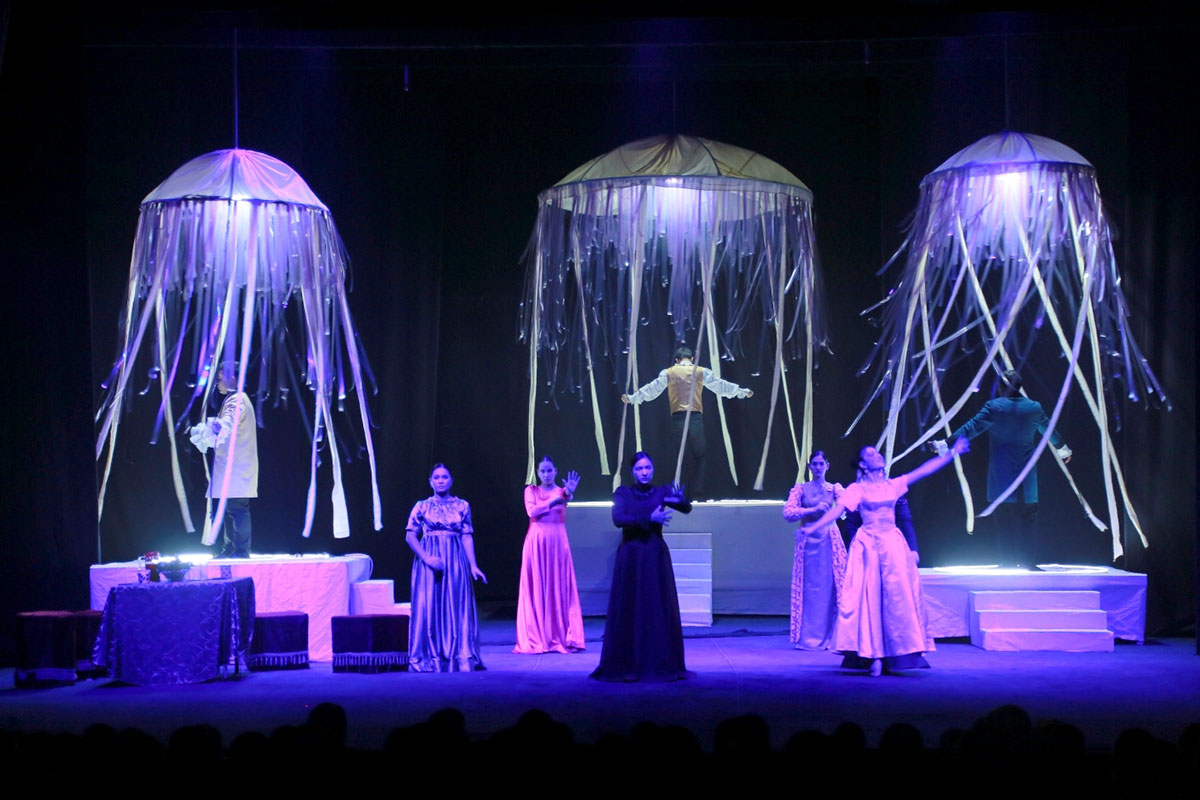In ancient Gurgench, the level of urban culture was high. This is evidenced by archaeological finds discovered during various excavations in the region, including on the territory of the state historical and cultural reserve "Koneurgench".
One of these small but interesting finds is a stone facing tile, defined by experts as "Teşnaw suw geçiriji". It was apparently intended for facing or covering a floor recess for draining water in a place for washing or ablution. This is indicated by two through holes located in the center of a deep-carved plant ornament, made in the form of a flower with eight petals. The height of the facing tile is 38 cm, the width is 34 cm, and the thickness is 6.5 cm. The fact that the painting of the product is inherent in ancient Khorezm masters is evidenced by the traditional color and restraint, the nobility of the pattern, developed over centuries.
It is interesting that some foreign experts also regarded similar slabs, discovered in other ancient cities of Central Asia, as possible decorative devices to prevent the loss of various bulk products, such as rice, when they were washed with water in the kitchen.
However, even without being a specialist, one can assume that the discovery of such facing slabs, in turn, also suggests the presence in the monumental buildings of ancient Gurgench of technical structures for the supply of water and its drainage, for example, consisting of ceramic pipes, especially since the remains of such pipelines were also found on the territory of the state historical and cultural reserve.
Such finds allow us to be convinced that even in ancient times, cities located on our land had a well-thought-out layout of buildings and a developed network of communications for various purposes for their time.








